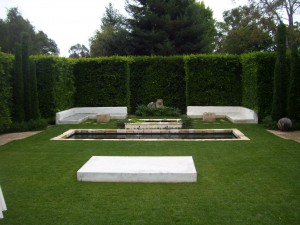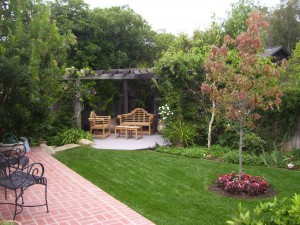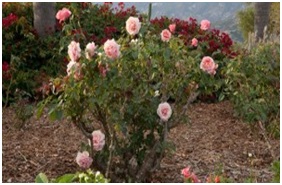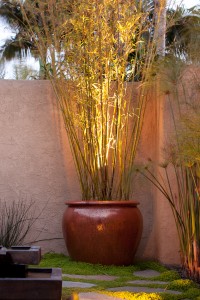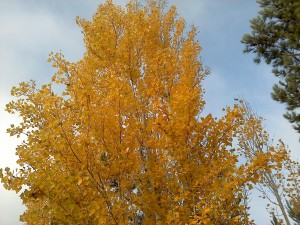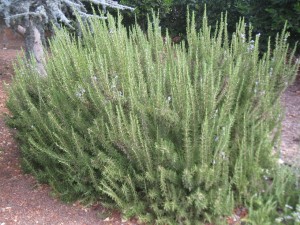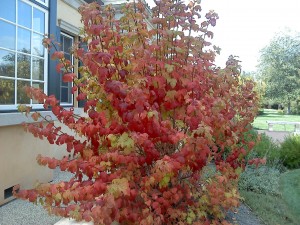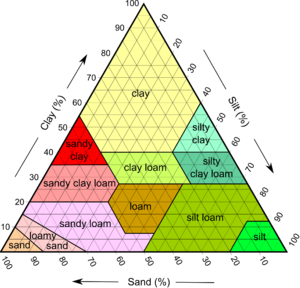Landscaping for privacy is common when living in an urban space. Although Santa Barbara might not be specifically classified as an urban space by most standards, this city’s geographical orientation with the mountains on one side and the ocean on the other has caused builders to make use of the space as creatively as they possibly can.
Many Santa Barbara living spaces are situated on stilts, terraced, and just plain built with the neighbors on the other side of the wall.
Living in close proximity can create privacy issues that are frequently solved with the strategic planting of hedges and tress. Proper landscaping can mute sound, provide some privacy from outside onlookers, and delineate property lines.
Landscaping for Privacy with Hedges and Trees
When it comes to creating privacy, you should use plant material, rather than fences and walls, as a first option. We like to call hedges living walls, because they provide much of the same buffer as hardscape walls in regards to sound, light, and screening, while also offering a softer living landscape of greenery and flowers. Hedges contribute to the ecology. They create oxygen and they balance the landscape.
Let’s explore our best tips on utilizing plant material for privacy.
Choosing the Best Plants for a Hedge and Privacy
There are three particular types of hedges that we love to use in Santa Barbara landscapes:
1. Privet (genus Ligustrum)
Ligustrum is an evergreen shrub that is native to the continents of Europe, North Africa, and Asia. We prefer to use the Ligustrum texanum, or the Texas Privet as our first choice for “living walls.”
We like it because it is particularly repellent to insects and disease. It is a hearty hedge, and provides thick growth that gives excellent screening against street noise. Once established, it requires little maintenance outside of regular pruning for height.
The only drawback to planting the privet is that its berries are not edible. Though they can be mildly unpleasant to humans, they can be harmful to domesticated animals.
If you have pets that like to eat foliage, or if you live on a ranch with horses, we suggest that you consider planting a different kind of hedge. However, the way we use privet for privacy requires regular maintenance. Regular pruning keeps berries from forming.
